Victorian Great Yarmouth
I’m always on the look out for old photographs, negatives, slides and plates. In particular, the old, forgotten and unseen. The vague visual detective work involved in trying to work out when the shutter fell as much as where, it is that act of identifying with a fixed point like a post in the flow of a stream to tether up to. Glass is always special, it touches an era far further back in a lot of cases, a different and more delicate form of recording. A week or so ago a friend, Nigel Parke (of Undercover Books), came across a box of plates and by off-chance showed them to me. They are generally in pretty bad condition; several have snapped or got corners missing, they have flaking emulsion, watermarking and scratches, the past peeling away in your hands from the edges inward, the present framing them and yet eroding them away. Some are in exceptional condition, I’ve shared a few here, because what are they if you don’t, they may as well vanish.
It appear that they date from at the earliest point the 1850s. For once it’s not a case of examining a building, a dress or a hat style, or staring at shop signs referencing them to directories and scraping the net. In this case it is effortless, someone has scratched a date into the lavender oil varnished emulsion of a plate. It’s is of course doubtful that they all are neatly from from exactly here, but it at least gives a starting point to pin something onto. There’s a mix of subject matter; they all appear to be Great Yarmouth and the area, some feature the Nelson Jetty, others fishing boats and tall ships. There is a large house sitting between two windmills I can’t place. There are children hovering in front of the box camera on the beach and people working among herring boxes and kreels and pots. The best shot ones are of what appear to be performers posing on the beach.
There are stories here, ones we can only imagine now. Nearly lost in the dreamlike quality of the flaking edges and marks, the crackle and discolouring on the shifting damaged varnish, time breaking the seal and destroys these fixed points in the past. There is one particularly interesting plate. It is rather badly damaged and incorrectly exposed. A blurred shot of what appear to be Yarmouth somewhere along the front A tall ship visible just. a double image in the background. In front of it a layer of what could be marching men, a parade or and inside the ghostly faces of the crowd crowned by bonnets staring through the fog of the double exposure, she stands there amidst the shifting sea of people staring back at the camera, looking forward at us looking back at her, all of it held under the sooty skyline. There is a date scratched into the damaged emulsion, May 29th 1856, a day nearly one hundred and sixty years since the lens cap was moved away for a few seconds, light bounced off the subject concentrated through glass onto a sensitised layer in the dark of a wooden box and then lifted out in the dark and bought to the surface, then frozen and fixed onto the glass under red light. The day is the date of the celebrations in the town of the end of the Crimean War, now it is held here again, this time in these pixels.
These photos were taken very early on in the life of photography. Technology had barely shifted from the almost tempera-like techniques of painting; using egg albumen to stick the silver salts to the glass on the early Calotypes, we are past the camera obscura and the testing tars of Daguerre and Fox-Talbot and his oils, Some of these these look to be wet resins of Scott-Archer, the wet plate Collodian, you can almost see the brush marks of the sealing layers painted on. It was an expensive time-consuing and intricate process. And if we step away from the ubiquitous smartphone camera the now ever flickering eye recording every meal, cat and child, and rush backwards through the digital devolution of the last 15 years, onto the cheap and flimsy everyday throwaway film cameras, the popular snapshot of the cheap mass produced Kodak boxes, disk cameras and on backwards through the rangefinders and folding breast pocket cameras, back to the early photo-consumer days of the Ilfords and the Box Brownie and even beyond; A place where only studios existed and even further before we reach these sorts of dates. These photos are unusual. Taking a photo was a performance, attracting attention in the same way camera drones did and still do.
It makes me wonder if we may be looking at the work of someone like Captain John Penrice, a local man and polymath, who in between writing a glossary of the Quran, collecting art and being a soldier displayed an early interest in this new thing; playing with and exhibiting his Calotypes and Collodians and prints… A curious thing the recognisable but unknown.
Top feature plate is the date etched one of the Town Hall Square.
See more examples below.
The etched location and date on the parade picture: Town Hall Sq Gt Yarmouth – May 29th 1856. (negative detail from main image)
(thanks to Jess and Gareth for the update on the writing)
Nelson Jetty? clothing indicates this to be mid 19th century, blurring visible on two of the people. The best shot in the batch. Remarkable.
(The Marine and Barking Smack pubs – Karen Wallace, The windmill in the Jetty photo is possibly York Road towermill sometimes known as Papworth’s Mill or Jetty Mill – Matthew Hodder with thanks)
Performer, looks like John Sessions, probably isn’t he’s not old enough. Note boat marked Yarmouth.
Another performer, his face is blurred by movement, he’s smiling though, something missing from a lot of photographs where you had to stand still and not move your face for at least 15 seconds. The lenses were fixed so there’s a shallow depth of field.
In the docks. Could be Nelson’s memorial or a chimney in the background?
Fisherman, Pier to the rear.
Another performer possibly.
A three masted schooner, children stand in the foreground, loading jetty or pier to the left which appears to be the shallow focal plane. One of the rather badly damaged examples.
A boat laid up on the beach, numerous others bobbing about out to sea.
Possibly the Artillery Barracks, South Yarmouth, demolished 1920 (thanks to Gareth for the possible ID), there are two windmills visible and what looks like a steam train to the left which make it rather confusing.
Different hall, Holkham I believe. Some kind of military manouvre going on. Horses involved. This is one of the plates that makes me wonder if this has anything to do with the Penrice family who were very involved in the military. Note viewpoint is from behind the ranks, not from the crowd.
Nelson Jetty and fishing boats.
All content © Nick Stone. No reuse without permission. Special thanks to Nigel for knowing what I’m like.

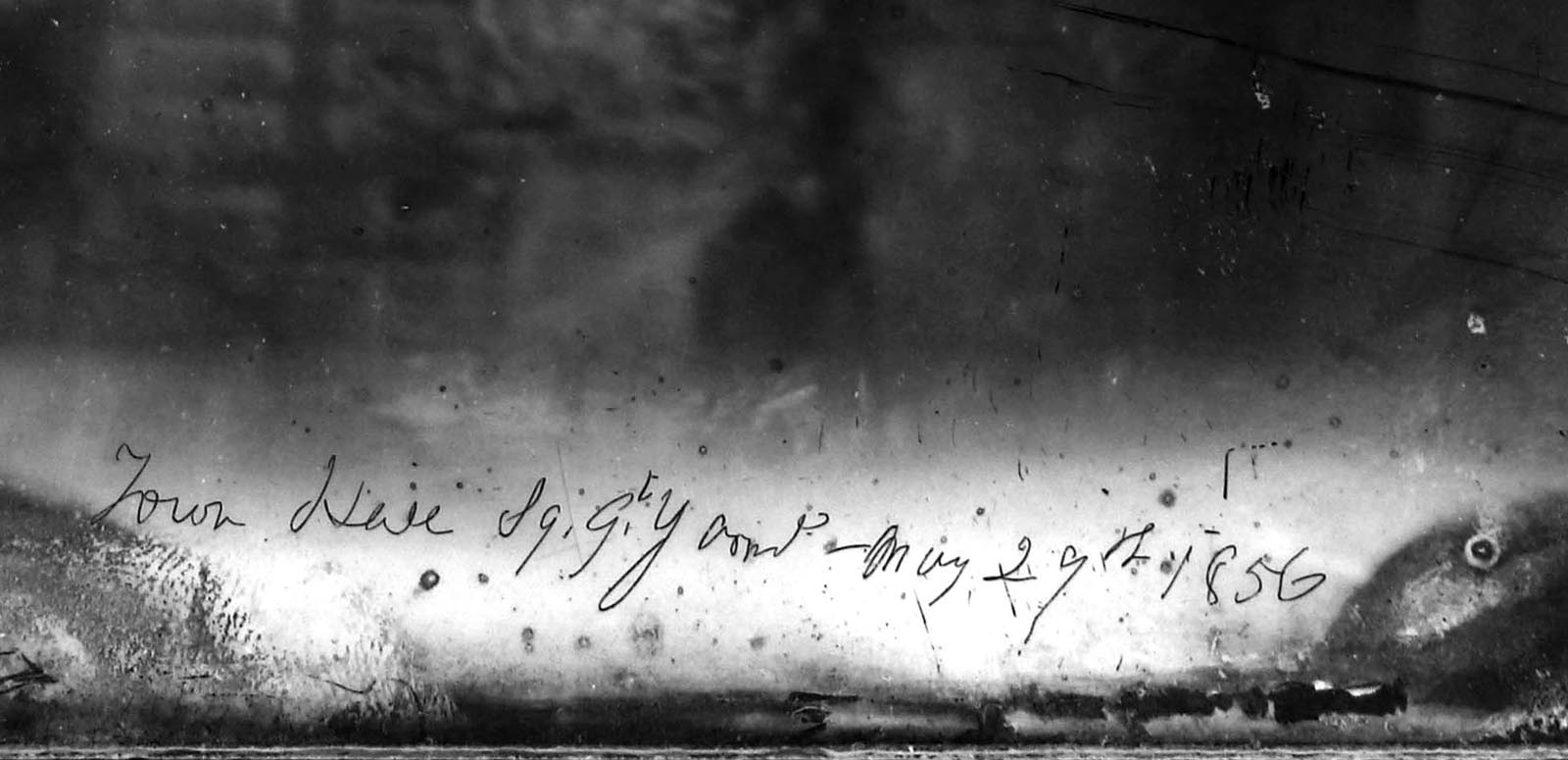
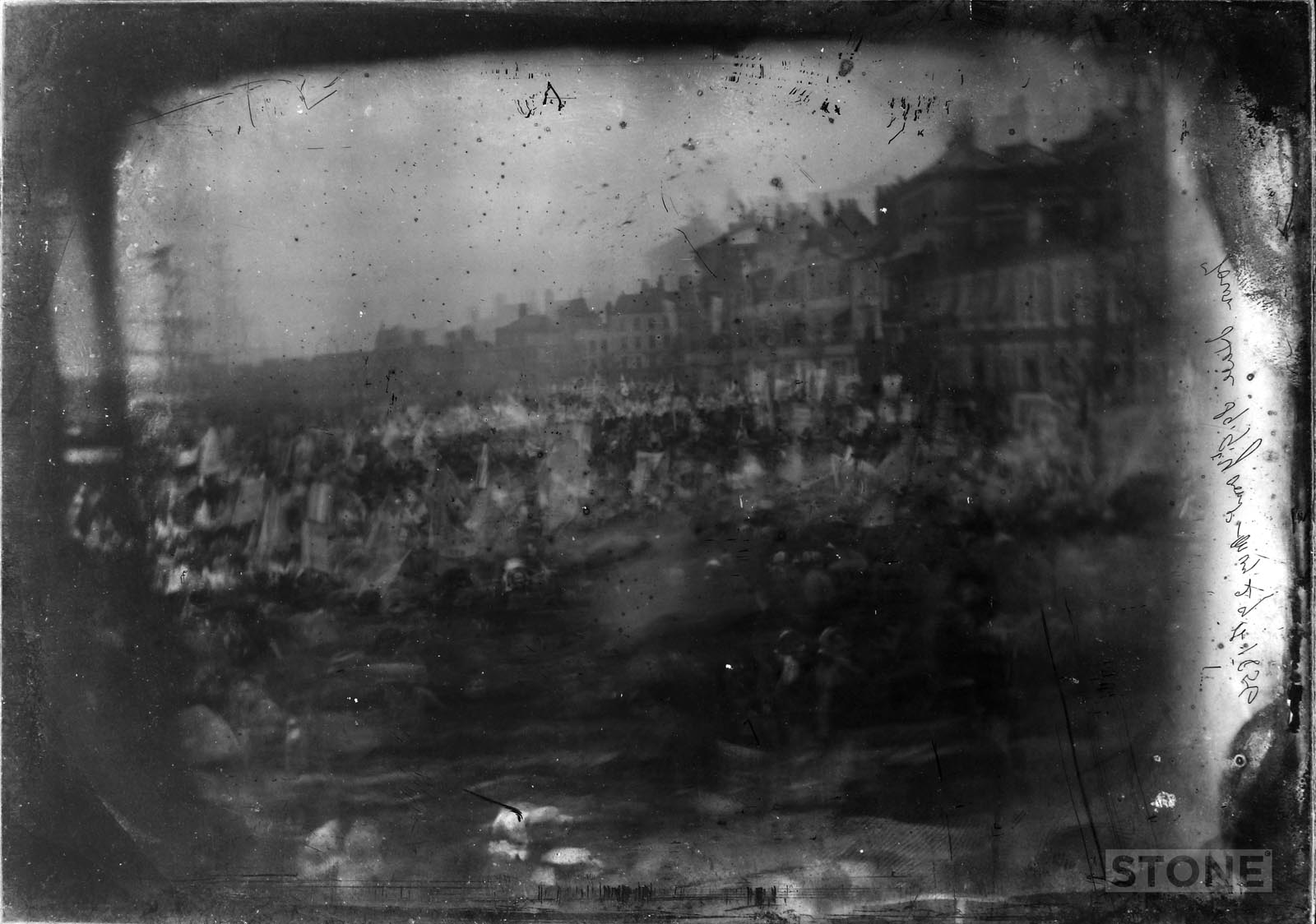
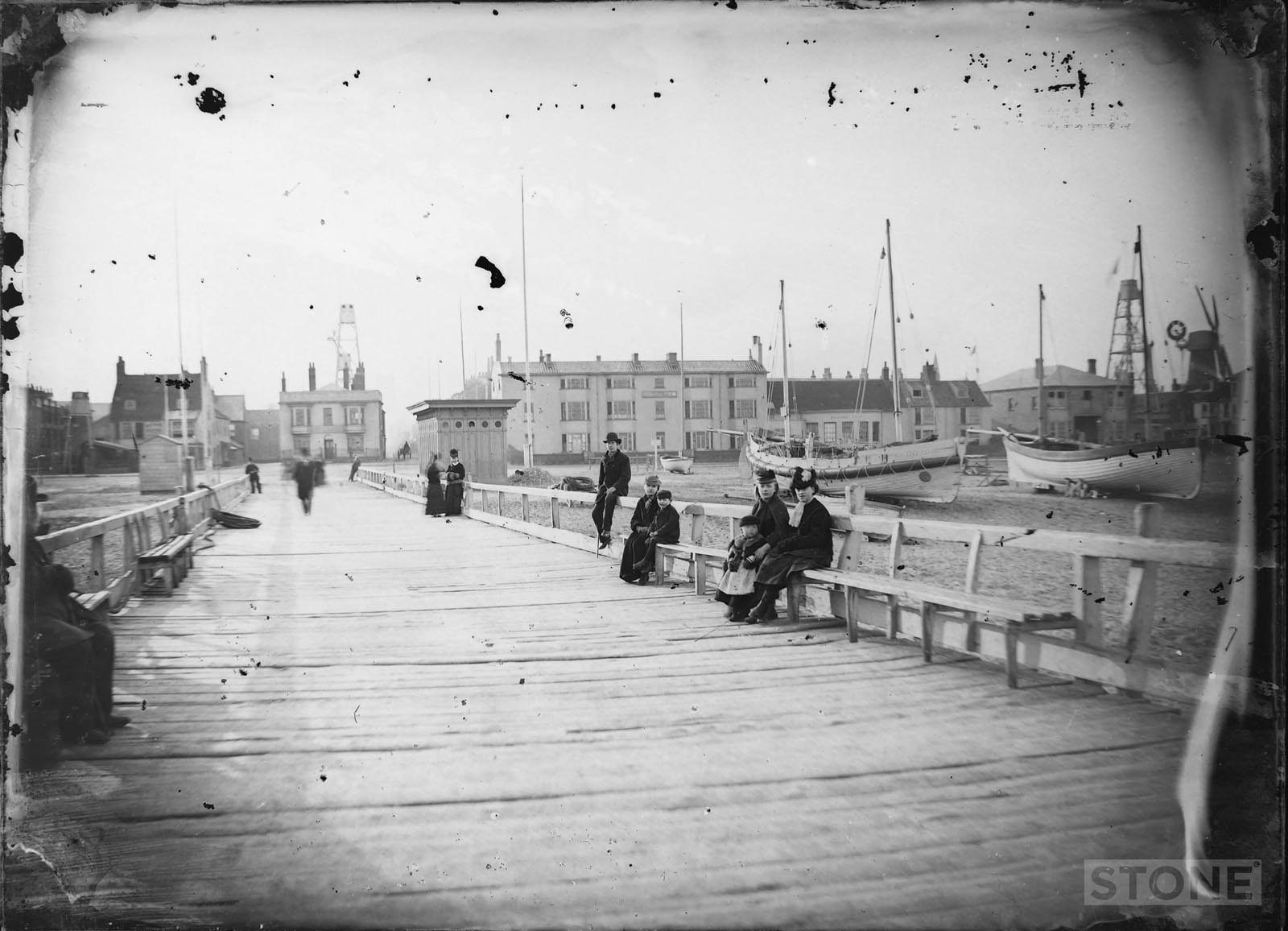
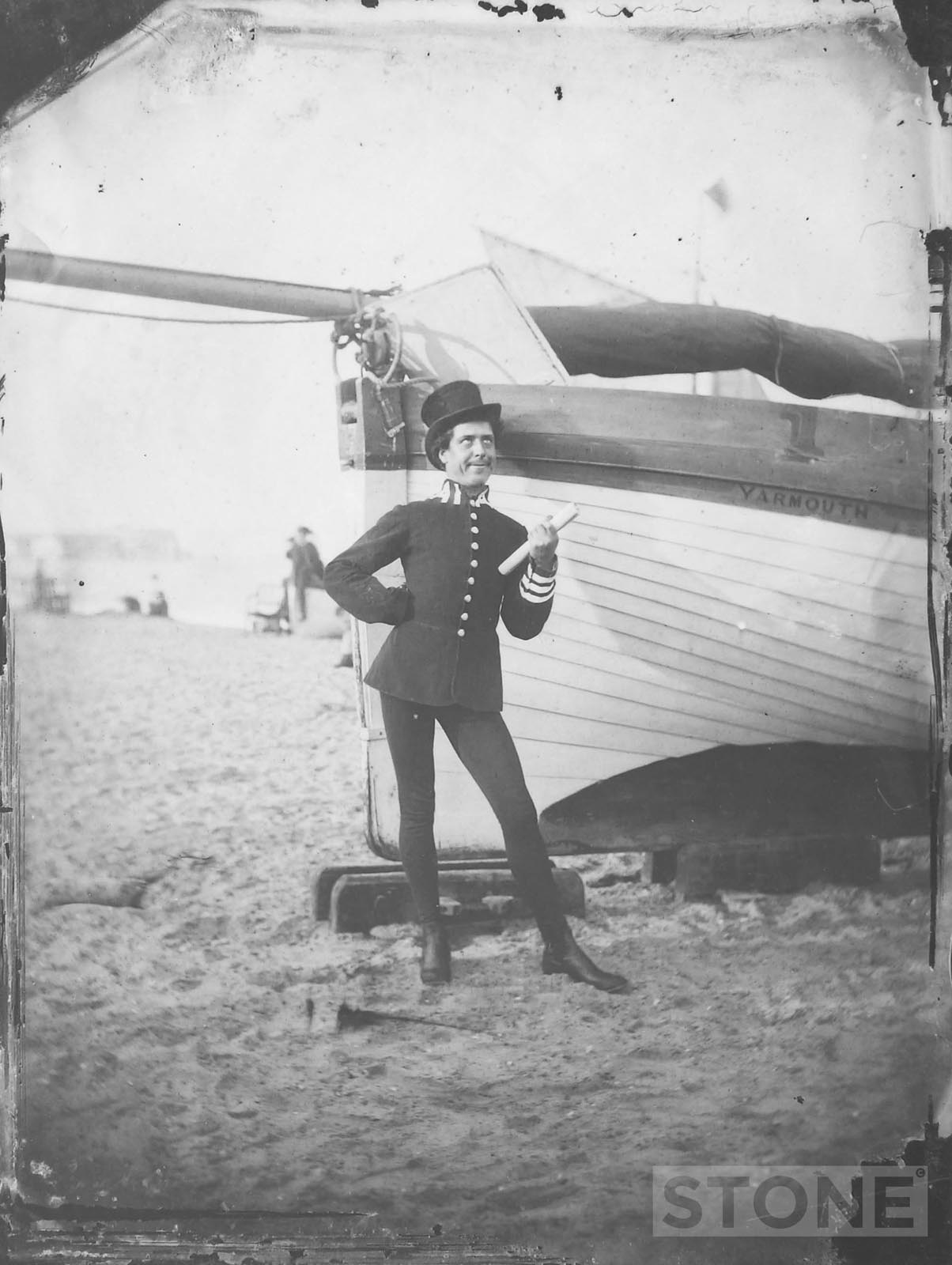
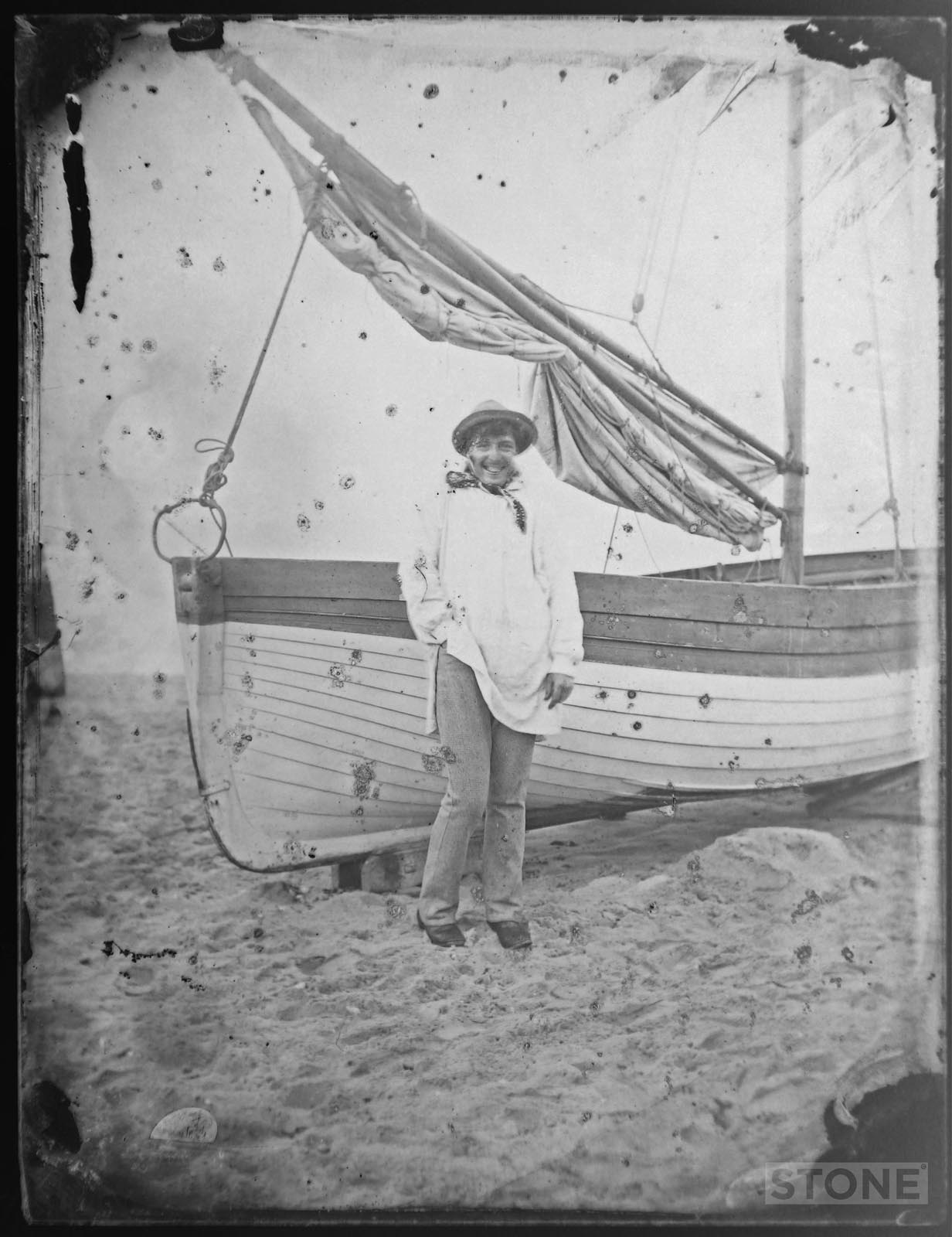
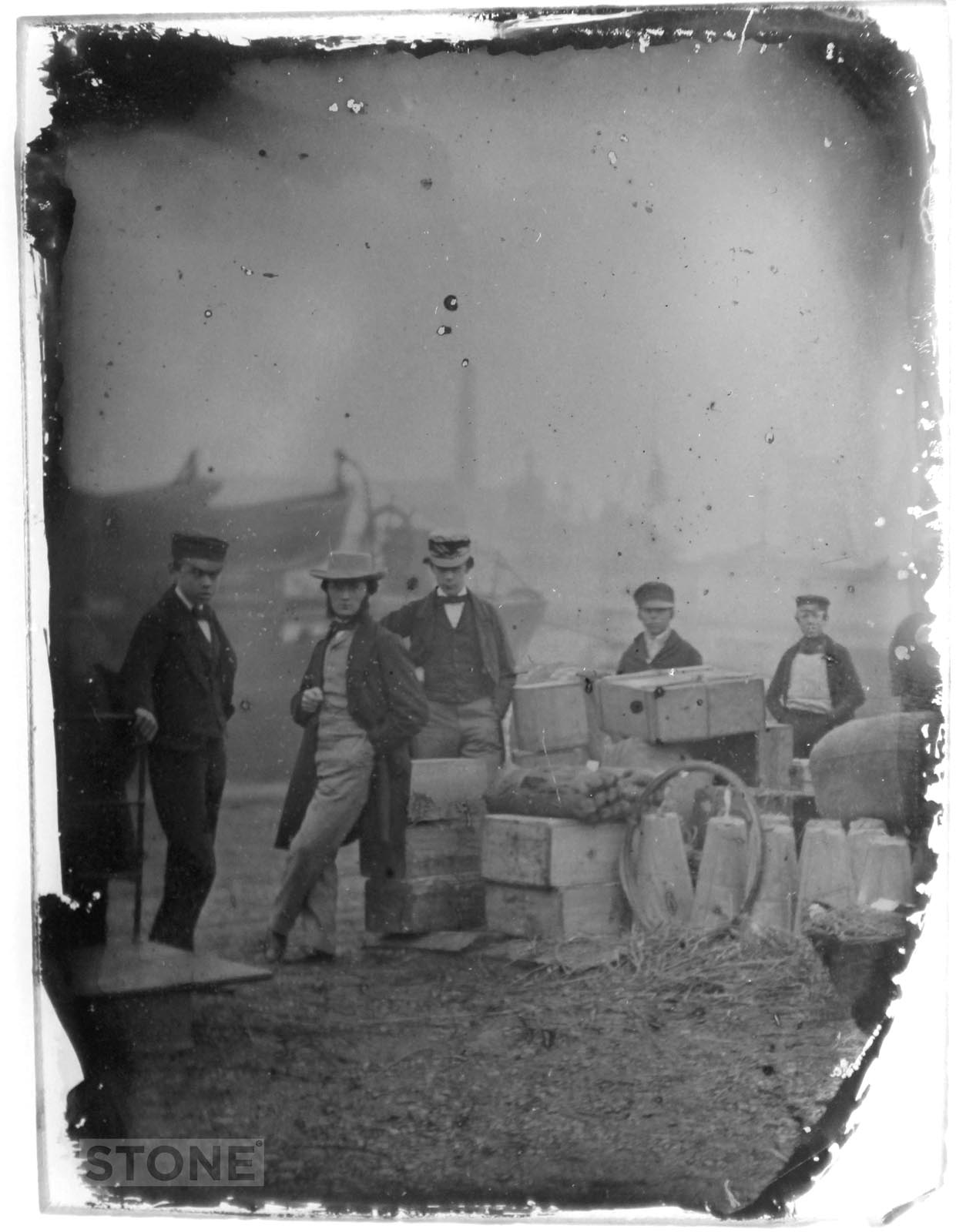
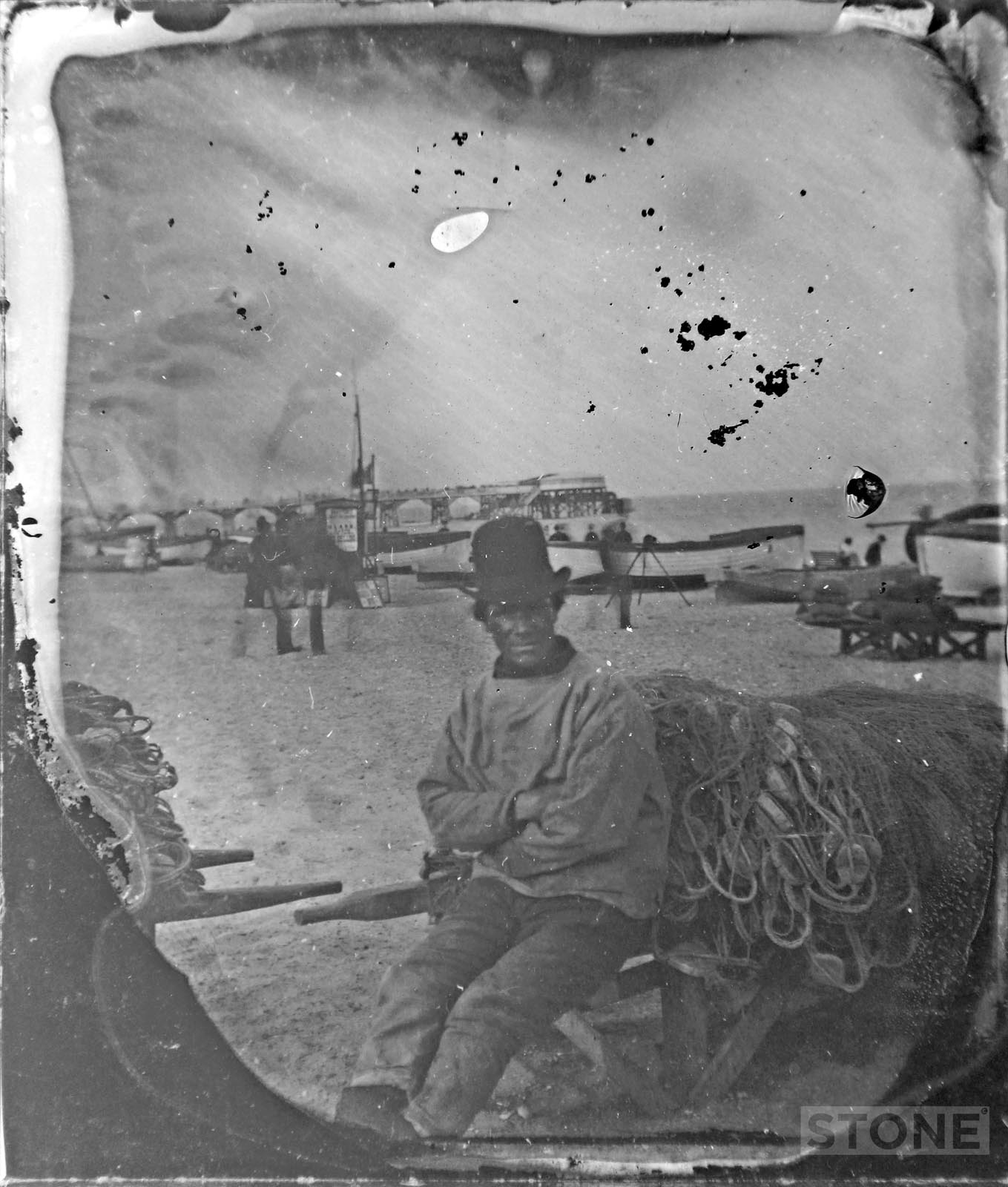
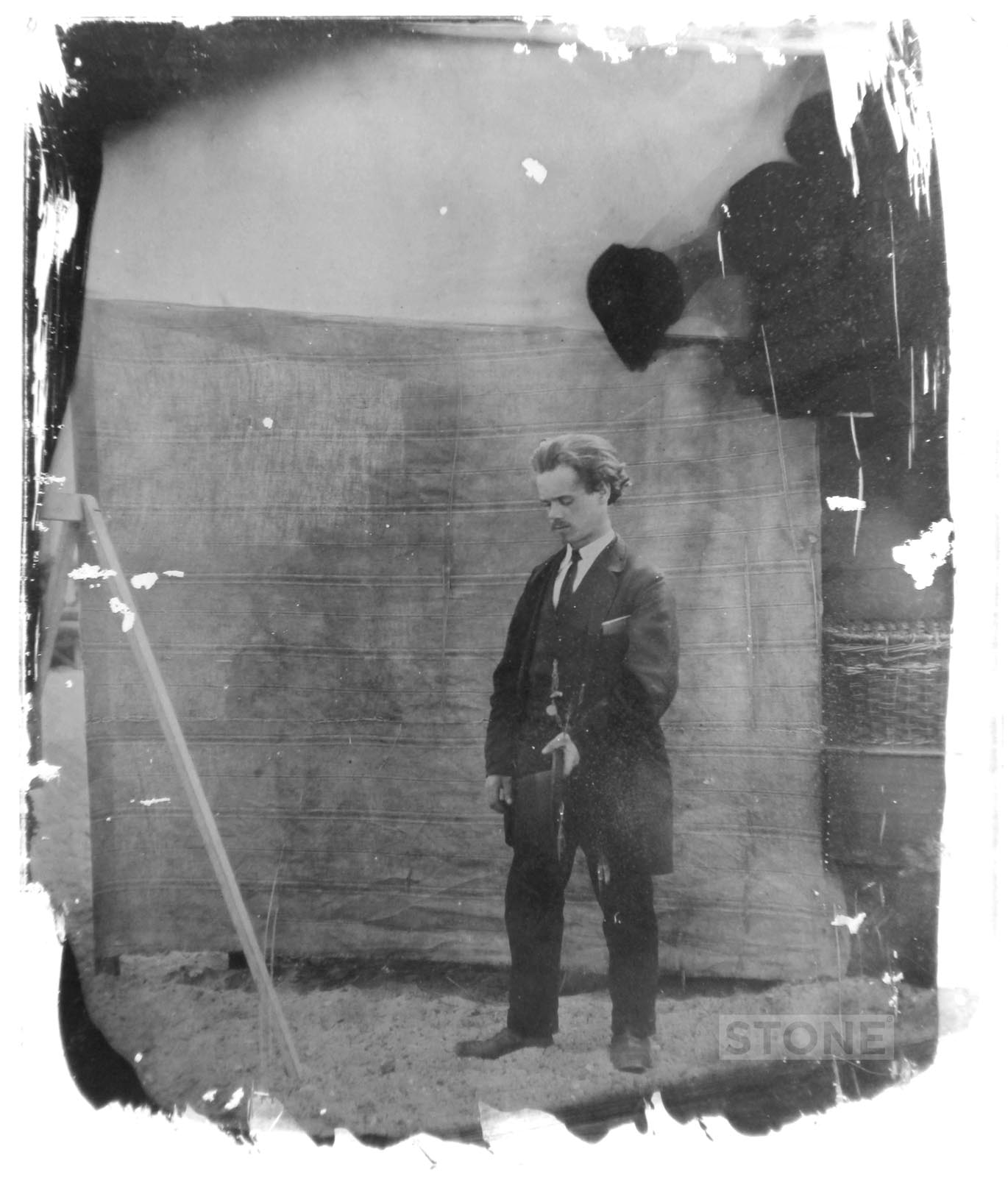
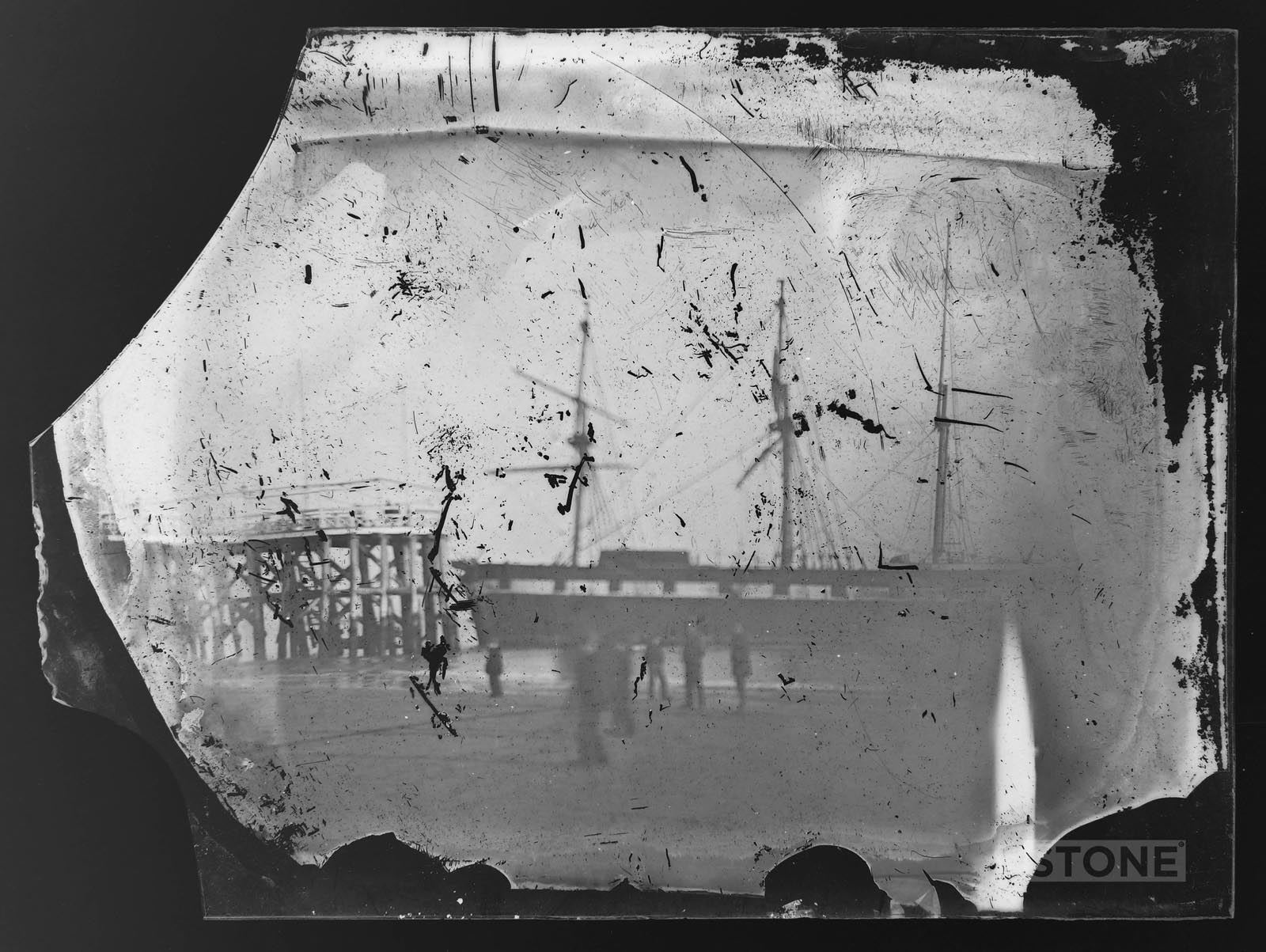
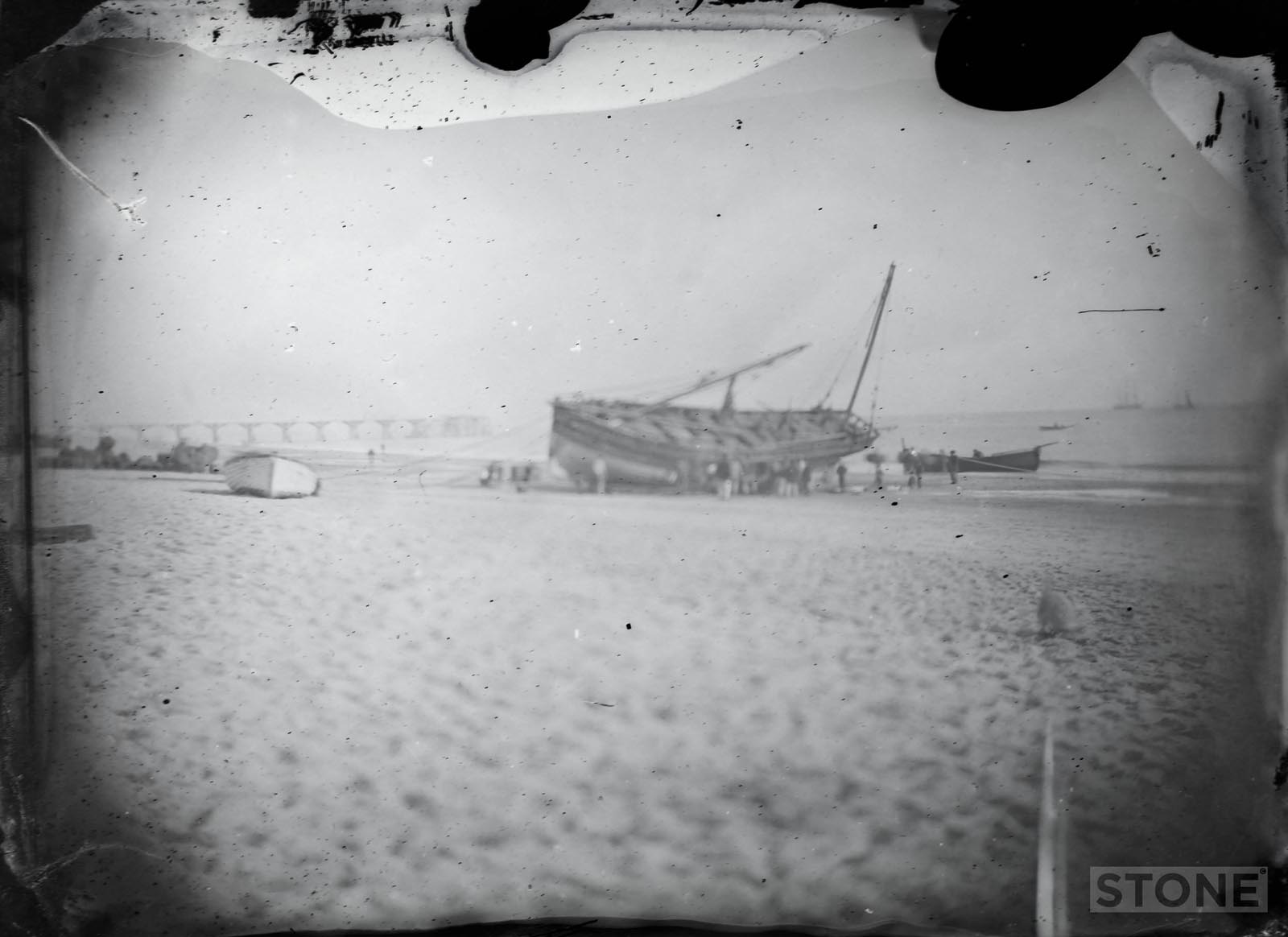
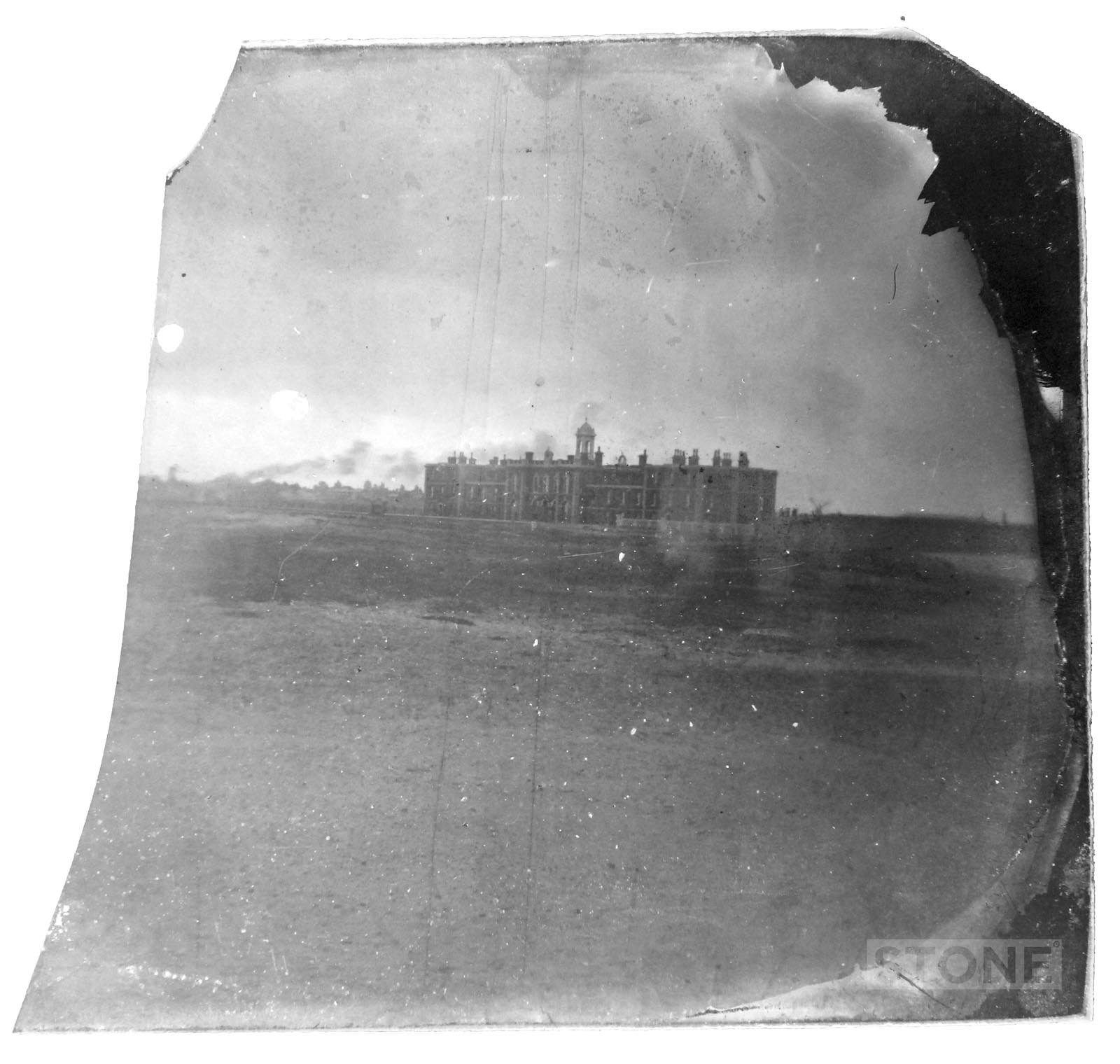
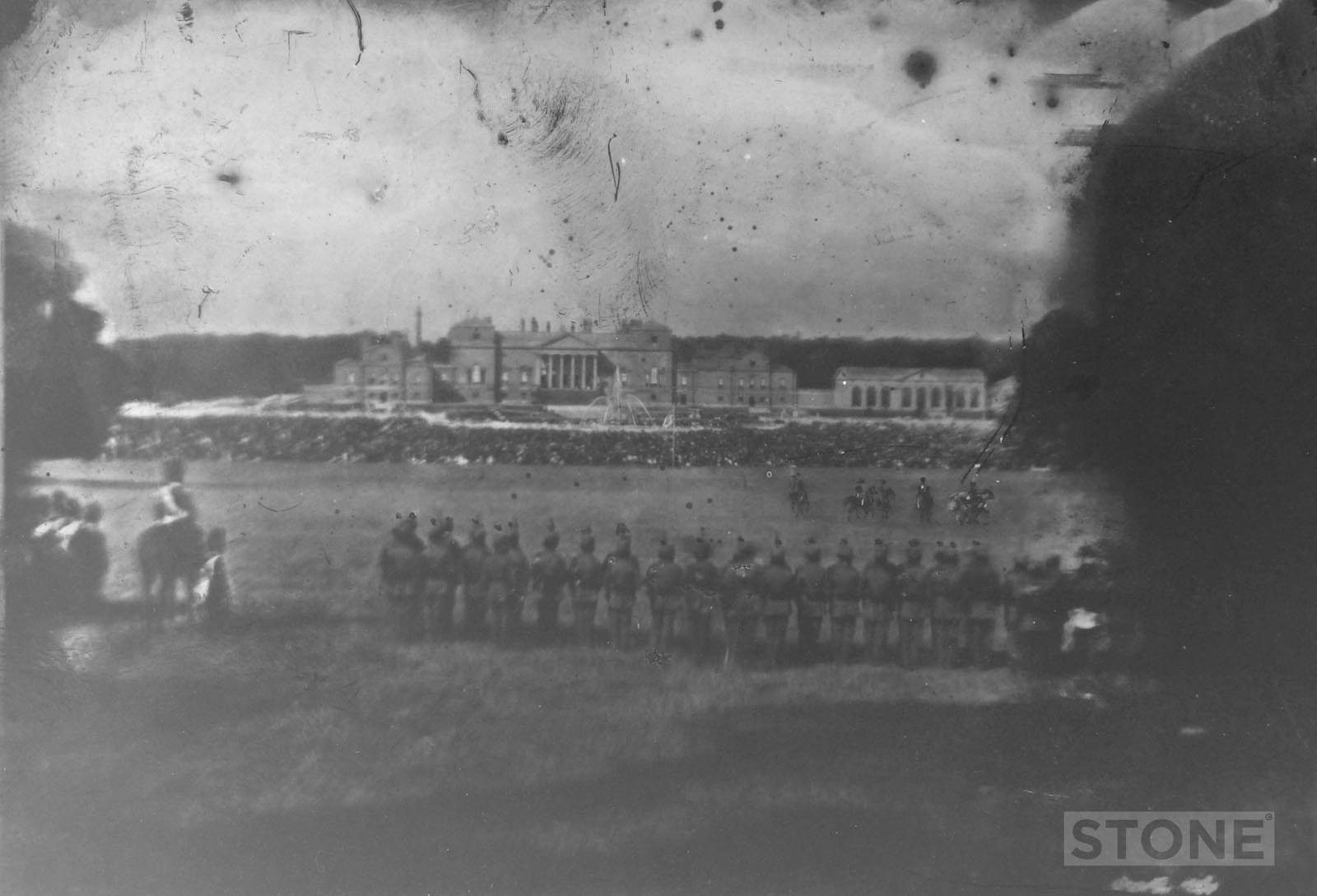
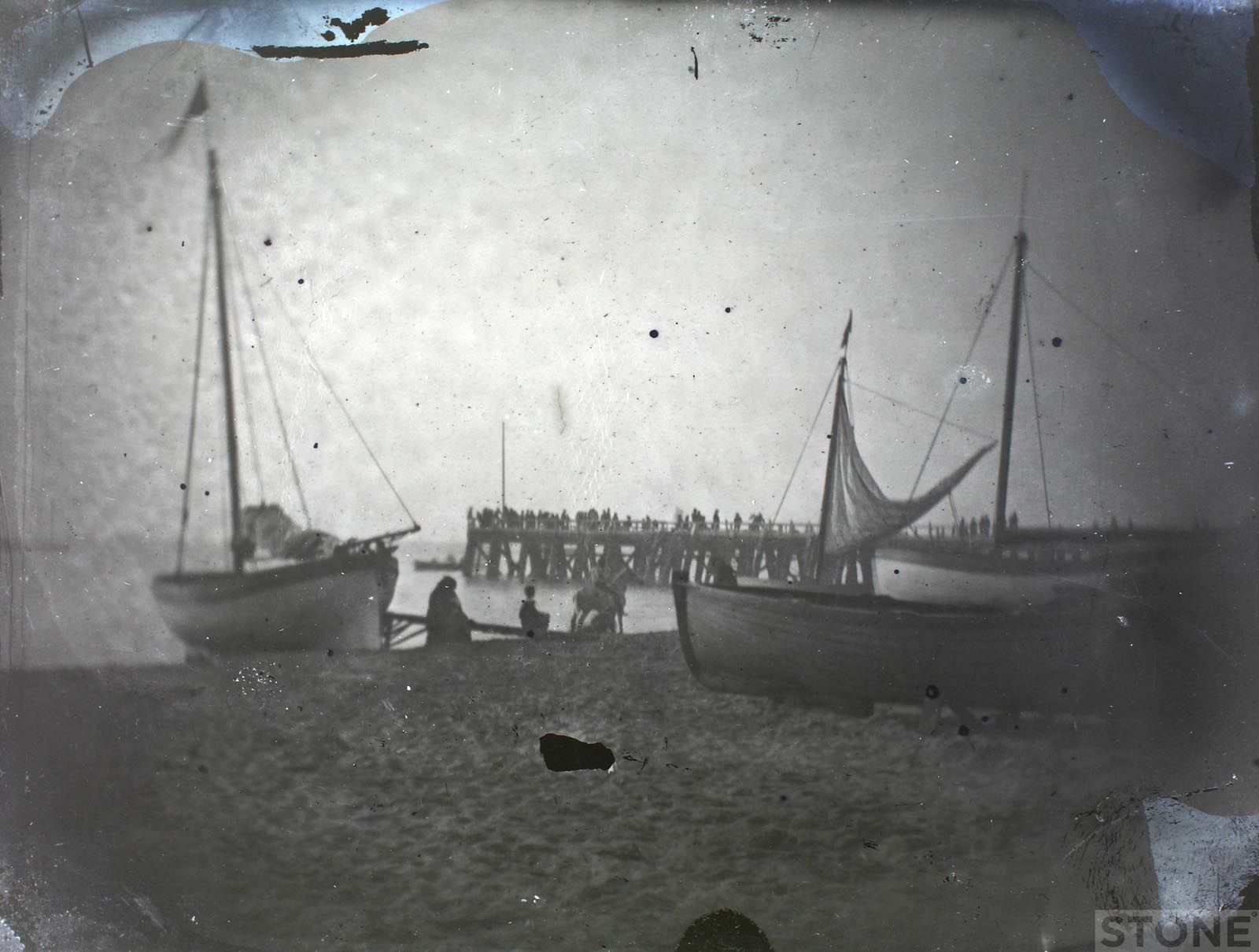
I think your “unidentified hall” is the Artillery Barracks at the south end of Yarmouth which was demolished in the 1920s.
And the inscription is “Town Hall Square” – before the present town hall was built, of course.
Dear Nick and Nigel,
Thank you so much for posting these as God works for each one of us in strange ways.
I discovered the Qur’an in the real sense very late in life. The (only) person who I am indebted to with this endeavour is John Penrice. His dictionary of the Qur’an helps me every day to discover a new miracle of the Word of God. I remember him in my prayer every day and today I was so moved yet again that I decided to search for his photograph. I didnt find it but I stumbled upon your post. Even before I reached the bottom to read his name, as you suspected, I knew in my heart that it was his work!
I have lived in Southampton for most of my adult years [not far from Yarmouth] and have a God-gifted love for the Valley of Nile, another place I have also lived. I know that John had a photographic album named after the Valley. I wonder if you have access to any of those photos. Please feel free to email me.
God bless his soul and God bless you for taking time to post this.
Salam, Shalom, May peace be upon you.
Bina
That’s brilliant Gareth. It also further backs up my idea that these might be by Penrice, he was in the Norfolk Artillery.
Hi Nick,
I think you are right with regard the photo of the Jetty looking down toward the beach and seafront. The buildings look like what are now The Marine and Barking Smack pubs.
It’s on the left of this 1922 aerial view, it looks as if the roof was altered at some stagebut it matches otherwise http://www.britainfromabove.org.uk/image/epw008064
The other hall is Holkham, I done a window count, matched roof pitches & chimneys. Please take a look at this photo http://www.astoft2.co.uk/norfolk/P1040404-rot-crop-varlt-u2-980-u0.3t5-q60.jpg for a match. The fountain is clearly in operation on the glass plate shot.
I think 3 of the photos may have the Britannia Pier (built 1858) in the background. The one with the fisherman in the foreground (you say jetty to the rear). The one with the 3 masted schooner. The one with the boat laid up on the beach looks as though the Britannia pier is being built. It was built quite long but after boats kept crashing into it, was shortened by 80 ft
The windmill in the Jetty photo is possibly York Road towermill sometimes known as Papworth’s Mill or Jetty Mill.
The one showing the Marine and the Barking Smack also has the Bath House Hotel across the road from the Barking Smack. The buildings next to it were later demolished to leave an open forecourt to the Hippodrome Circus building behind – that wasn’t built until 1903 by the legendary Circus showman George Gilbert. In front of the Marine PH and to the left is one of the private lookout towers operated by the Fleet owners who would employ a lookout to watch for their own trawlers and drifters returning to Harbour. Once spotted, a whole army of stevedores, coopers and fisher girls would descend on to the quayside in preparation for the unloading of the silver darlings. In the right background you can see the sails and cap of the York Road Tower Mill, sometimes called Papworths Mill ( when they ran it ) or The Jetty Mill due to its’ proximity.
You may also note to the left of the Mill is a skeleton signalling tower. This could be manned with trained semaphore signallers or even a heliograph to transmit to passing ships.
The military activity at Holkham Hall is very likely the review of the Norfolk Volunteer Corps, Holkham, 12 September 1861. Thank you for posting this. Are there any more like it?
Hi Rob, No I’m afraid this is it as far as I can remember, I will however double check and make sure just in case. It’s interesting in terms of dating them, I really do wonder if these are Penrice.
In 1853 Penrice was a founding member of the Norfolk Militia Artillery. After 1865 Maj Penrice was no longer listed among the unit’s officers. At the 1861 Review, the Artllery paraded with the Volunteer Rifle Corps and the Mounted Rifle Volunteer Corps. So Penrice was probably there on the day. The image shows Volunteers in grey and with plumes in their shakos. The gunners, who are not shown, wore blue. To the left are some dismounted Mounted Volunteers in red, with a sash and busbies. In 1863 the unit (renamed Norfolk Light Horse Volunteers) adopted plumed dragoon helmets. I have a jpeg of a contemporary print of the review if you are interested, and a second of what might be a hand coloured version of the same print.
Dear Nick,
I have done some ferreting around and I may have a new candidate for your photographer, Cornelius Jansen Walter Winter. If acceptable to you, I would like to post the following on the facebook page “Memories of the Norfolk, Royal Norfolk and Royal Anglian Regiments:
In 1859 and 1860 in towns all over Norfolk volunteers came together to form eventually 23 companies of the Norfolk Volunteer Rifle Corps, units that would in time become Volunteer then Territorial battalions. Today their descendants are members of 1 (Norfolk & Suffolk) Company, 3 Royal Anglian Regt.
A very early (1859 or 1860) volunteer in 2 (Gt Yarmouth) NRVC was Pte Walter William Winter, the teenaged son of local artist and pioneer photographer Cornelius Jansen Walter Winter. Walter’s short stint (he was in Deby by 1863) in the Norfolk Volunteers was later reported in his obituaries. Cornelius had his photography studios on Regent Street, Yarmouth (1854 and 1856) and Southtown, Yarmouth (1863).
On 12 September 1861 there was a Grand Review of the grey-clad Norfolk Volunteer Rifle Coys with their plumed shakos, of the blue-coated Yarmouth Artillery and of the Norwich Mounted Volunteers in red, with a sash and busbies but dismounted.
The Review was in Holkham Park. The troops paraded before Major General Sir Archdale Wilson, Bart, and KCB. It was the first time that the infantry had been brigaded since the birth of the Rifle Companies. Timetabled for 11 am, the arrival of several companies was delayed by travel problems until 2.15 pm. Over 1,700 troops were divided into two brigades, one commanded by Lt Col Custance, East Norfolk Militia, the other by Maj Hon F Walpole, West Norfolk Militia.
Cornelius Winter published a picture of the parade (attached). It appeared in Volume 1 of Petre’s 1924 History of the Norfolk Regiment. There is also a colourised version of Winter’s work online (attached) but I failed to note the details. The two images may also be in the Norfolk Museums Collections as KILLM:1995.441 and KILLM:1995.1826.
Nick Stone of the Invisible Works website has posted a very early photograph (attached) of the Grand Review that was taken from near to where Cornelius Winter would have stood to draw the parade. The photograph’s provenance is not known.
Through glass: Great Yarmouth | Invisible Works
Among the photographs Stone shows at Through glass: Great Yarmouth | Invisible Works is a portrait of a young man (attached). Walter became a more famous photographer than his dad (https://www.bbc.com/news/uk-england-derbyshire-39354321 and http://freepages.rootsweb.com/~brett/genealogy/photos/eng/dby/wwwinter.html). His likeness is online and we can easily see how much the anonymous young men of Stones photographs looks like Walter William Winter. This suggests Cornelius was the photographer at the review and the source of at least one further photograph in the Stone collection.
https://www.bbc.com/news/uk-england-derbyshire-39354321
https://cabinetcardgallery.com/tag/william-walter-winter/
Cornelius Winter was back to record 1862’s Grand Review in Yarmouth (attached).
Rob.
P.S. I cannot get the images to load but I think the links you may want to look at canbe reached by a cut and paste but I will happily send them via another route.
Fascinating, thank you.